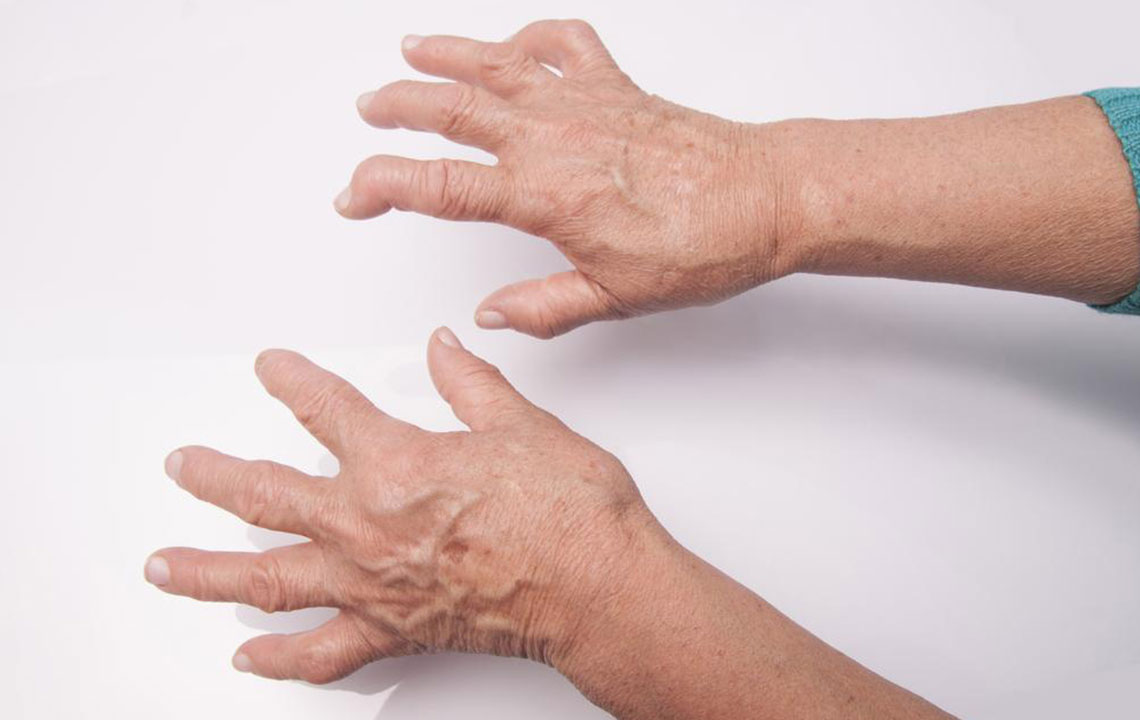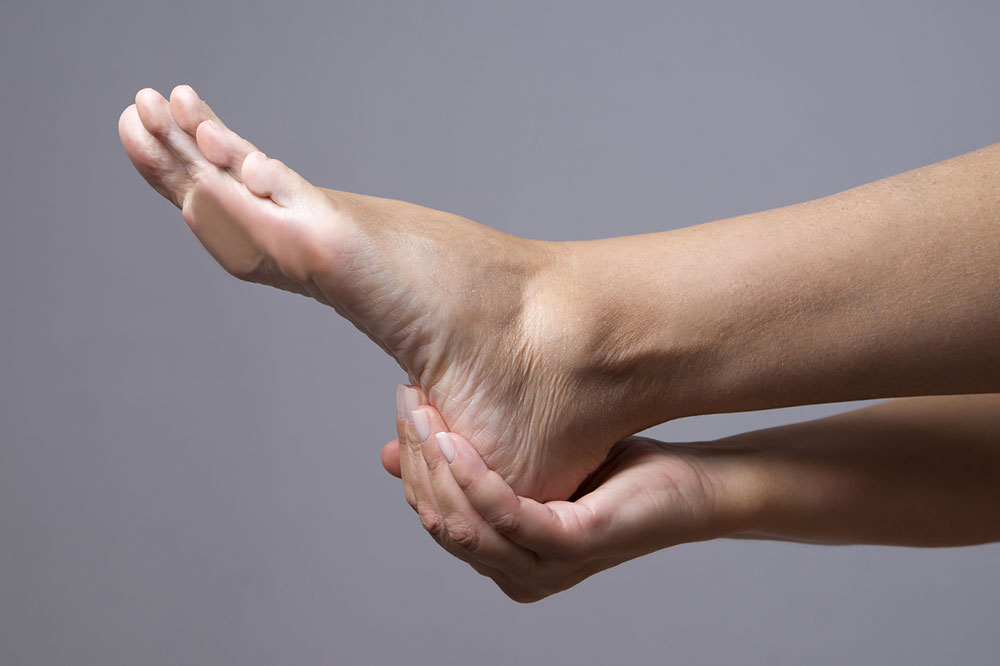Comprehensive Overview of Upper Thigh Discomfort and Its Causes
This comprehensive guide explains upper thigh pain, its symptoms, causes, and classifications. From injuries like strains and fractures to systemic issues such as tumors or vascular problems, understanding these factors helps in timely treatment. Learn to identify signs of distress and when to seek medical advice to prevent complications. Protect your mobility by recognizing the importance of proper diagnosis and care for upper thigh discomfort.

Understanding and Addressing Upper Thigh Discomfort
An Essential Guide to Recognizing and Managing Upper Thigh Discomfort
Upper thigh discomfort can be a warning sign of underlying health issues or injuries. While common pains like back aches often get attention, upper thigh pain is less frequent but equally important to address promptly. This area is susceptible to various injuries and can severely impair movement. Since you frequently use your upper thigh for activities like walking, running, or driving, understanding the signs and causes of discomfort is crucial for effective treatment.
Identifying the symptoms of upper thigh discomfort is essential. Look for signs such as difficulty bearing weight on one leg, sharp or recurrent pain, persistent numbness, visible discoloration, or bruising. Minor causes might include overexertion or muscle strain, but more serious issues could involve chronic conditions related to your hips or back.
Discerning the nature of the pain helps determine the severity and necessary treatment approach. It’s helpful to know that discomfort can originate from bones, muscles, or blood vessels, leading to different classifications of upper thigh pain.
Types of Upper Thigh Pain
Trauma-related pain resulting from injury or impact, such as strains, bruises, fractures, or cramps.
Chronic or systemic conditions like tumors or vascular problems that develop gradually and cause ongoing pain.
Inflammatory responses, whether due to autoimmune reactions or infections, contributing to internal inflammation in the thigh area.
Trauma-Induced Upper Thigh Pain
Muscle strains: Overstretching or overuse during physical activity can lead to muscle injuries.
Bruises: Visible discoloration from direct impact signifies superficial damage.
Fractures: Significant trauma or force may cause femur fractures, which require immediate medical attention.
Cramping: Causes include dehydration, fatigue, or overexertion, resulting in painful muscle contractions.
Systemic Conditions Affecting the Thigh
Tumors: Both benign and malignant growths can cause pain by pressing on nerves or tissues; early diagnosis is vital.
Vascular issues: Varicose or obstructed veins may result in swelling, discoloration, and discomfort in the thigh region.
Inflammatory Causes of Thigh Pain
Autoimmune reactions: The body may attack its tissues, leading to inflammation influenced by conditions like degenerative disc disease.
Infections: Internal infections can infiltrate tissues, resulting in swelling, pain, and systemic symptoms requiring medical intervention.
Diagnosing the Cause of Thigh Discomfort
Accurate diagnosis typically requires medical evaluation and possibly imaging tests. Symptoms might improve within a few days with rest, but persistent pain warrants professional assessment.
Monitor your posture, footwear, and activity levels to prevent aggravating the condition.
If pain persists beyond a week or worsens, consult a healthcare provider promptly.










